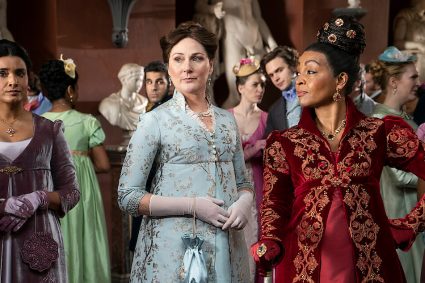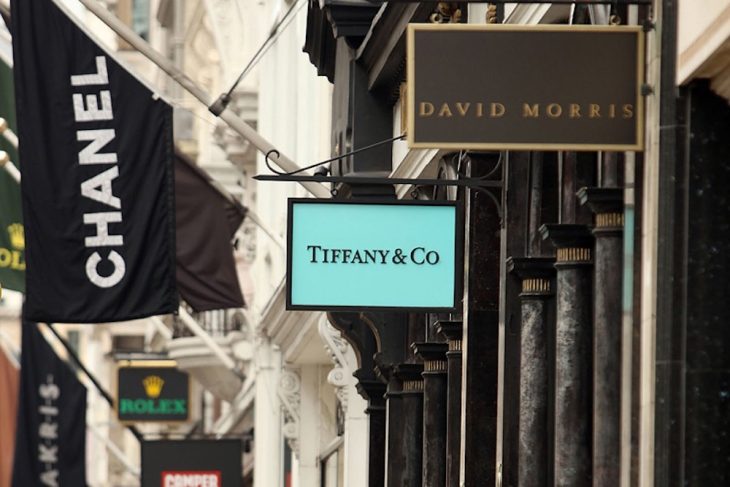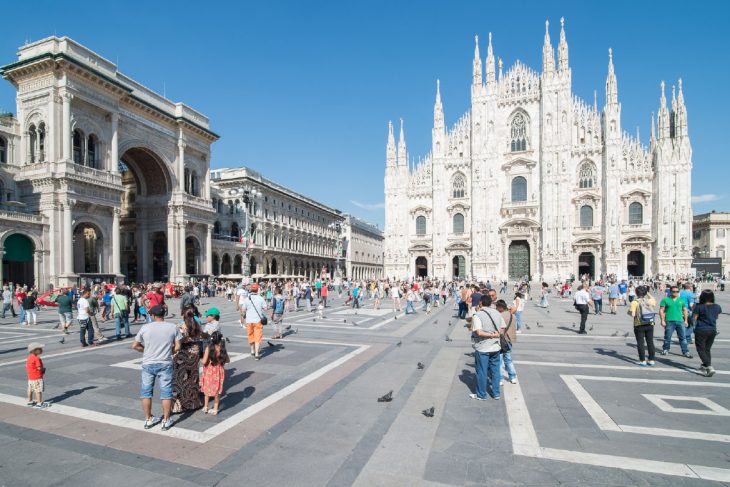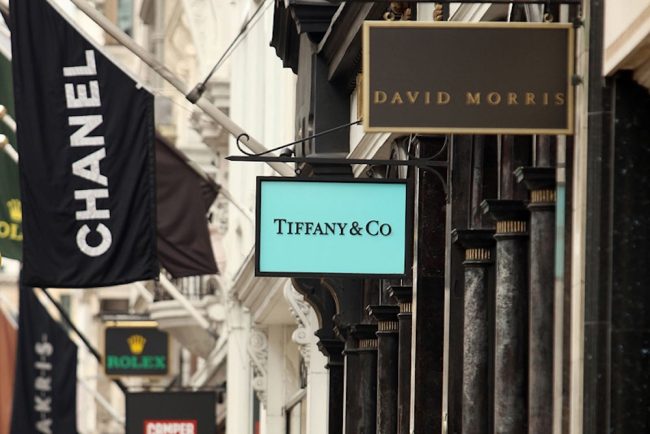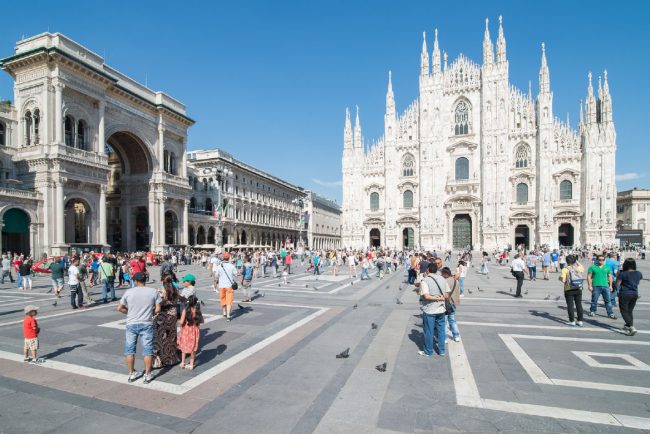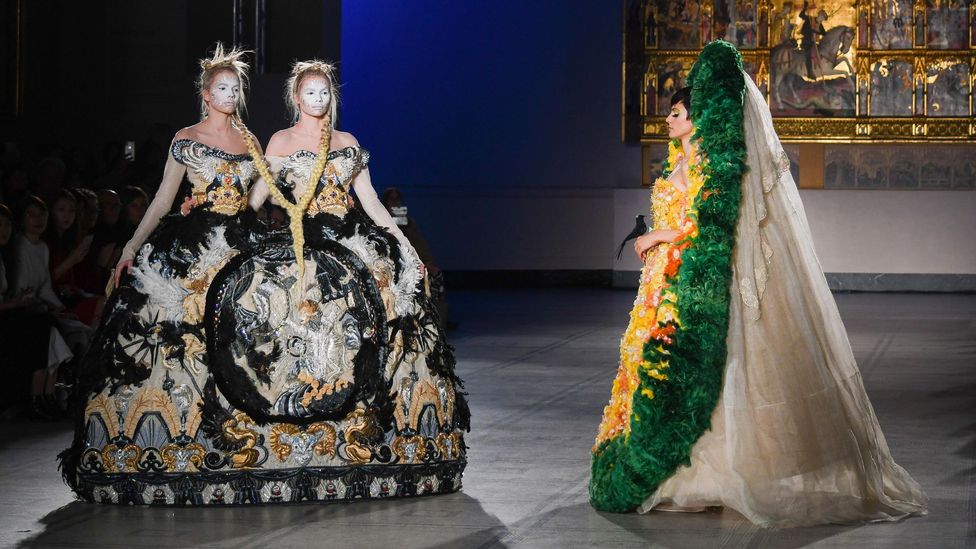

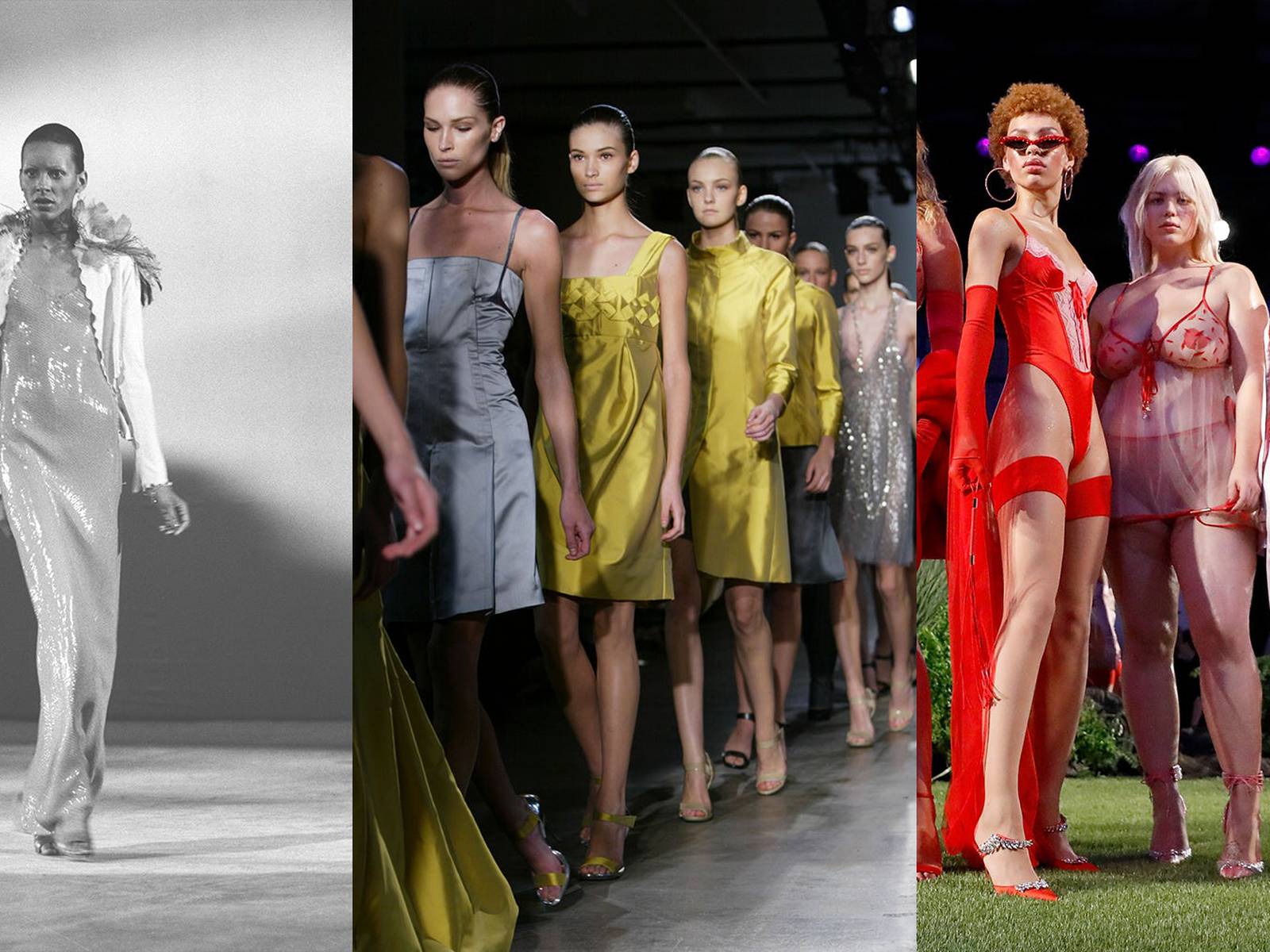
High fashion has undergone a significant evolution over the years, and the runway has played a significant role in shaping the industry. Here is a brief history of the evolution of high fashion:
Early Days: In the early days of high fashion, designers created custom-made clothing for wealthy clients. This was the era of haute couture, where every garment was meticulously crafted by hand.
Ready-to-Wear: In the mid-20th century, ready-to-wear clothing became more prevalent. Designers started creating clothing in larger quantities, and the clothing became more accessible to the masses.
Streetwear Influence: In the 1990s, streetwear began to influence high fashion. Designers like Alexander McQueen and Jean Paul Gaultier incorporated streetwear elements like baggy pants and hoodies into their collections.
Fast Fashion: In the early 2000s, fast fashion became a dominant force in the industry. Companies like Zara and H&M started producing clothing in large quantities and at a low cost. This led to a proliferation of cheap, disposable clothing that was not meant to last.
Sustainability Movement: In recent years, the fashion industry has begun to grapple with the environmental impact of fast fashion. Many designers are now incorporating sustainable practices into their businesses, such as using eco-friendly materials and reducing waste.
Digital Transformation: The rise of social media and e-commerce has also transformed the fashion industry. Designers can now showcase their collections on virtual runways and sell their clothes directly to consumers online.
Through these various eras, high fashion has continued to evolve and adapt to changing times. From haute couture to streetwear to sustainability, the industry is constantly pushing boundaries and exploring new possibilities.







